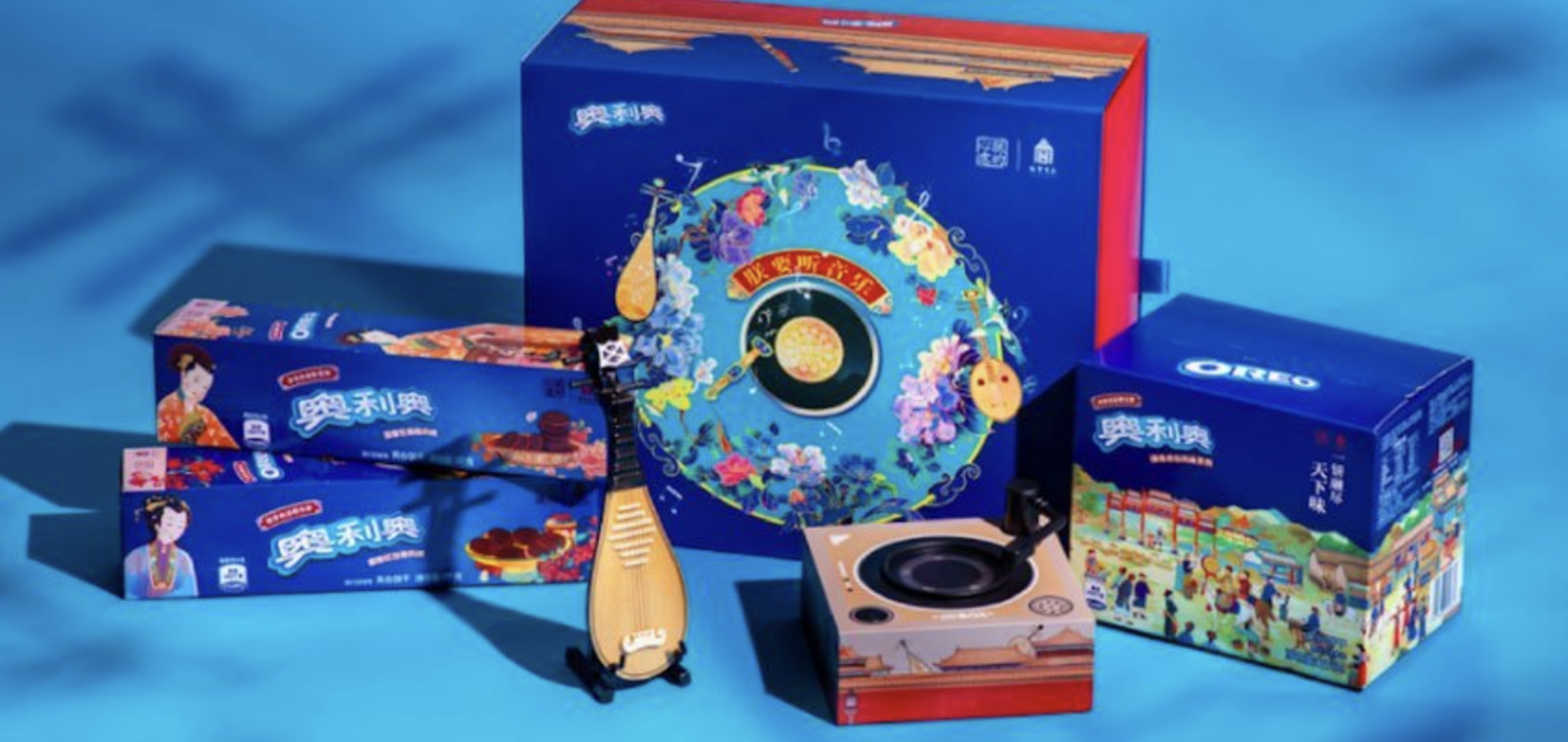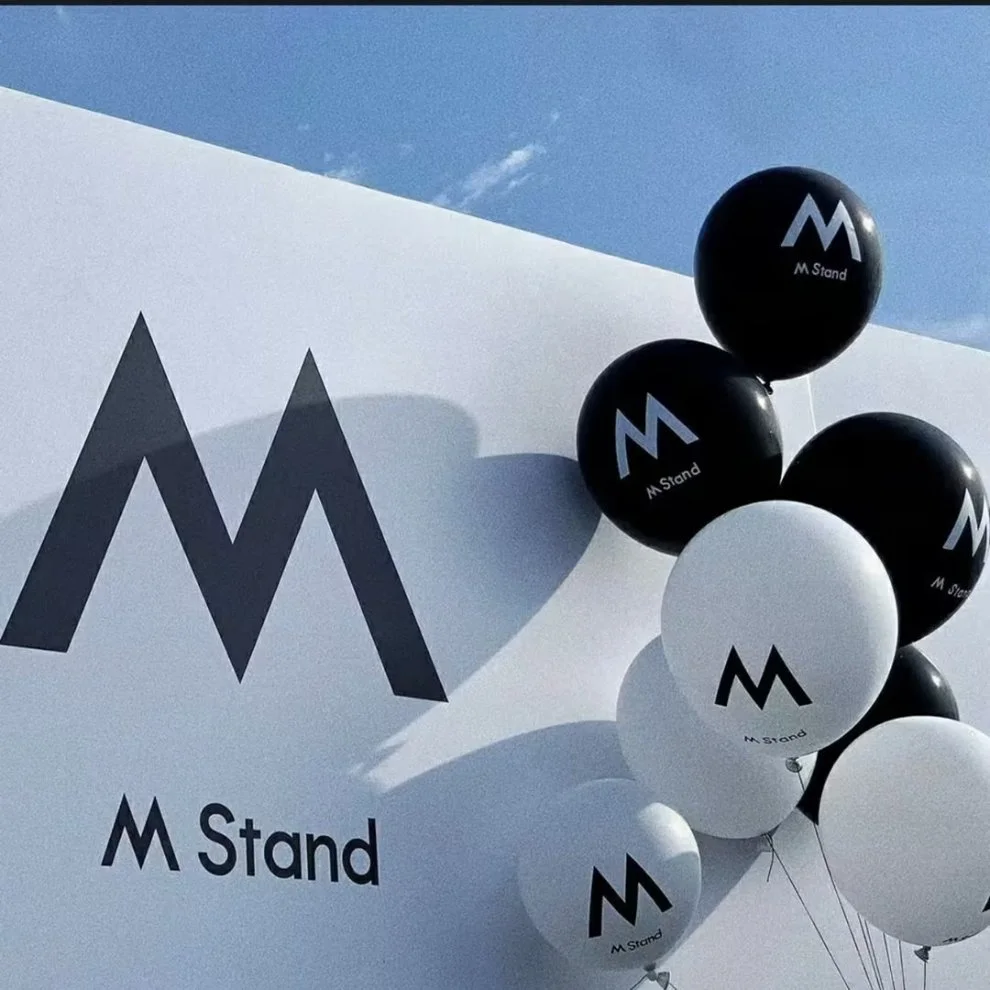The all-American Oreo cookie in China: connecting through innovation and localization
Whilst Oreo is a US cookie institution, it has long provided best practice examples of stroking Chinese consumers’ patriotic pride. Since entering the market 1996, Oreo has not only solidified its position in the world’s second-largest snack market but has also undergone a remarkable transformation, blending bold innovation with culturally attuned strategies. From struggling to resonate with Chinese consumers to becoming a culinary icon, Oreo’s journey in China serves as a testament to the power of localization and creative marketing.
Overcoming "Growing Pains" Through Localization
Oreo’s initial entry into China faced significant challenges. Its signature black-and-white cookie - while beloved in the West - failed to connect with local taste preferences. The cookies were deemed too sweet, and their portion sizes were incompatible with Chinese snacking habits. Faced with poor market performance, Kraft Foods (now Mondelez) took a relatively unusual step for its time - adapting to local preferences.
By reducing sweetness levels, introducing smaller package sizes, and launching flavours like lemon to appeal to Chinese palates, Oreo quickly gained traction. These adjustments paid off, with sales increasing by 80% in some regions, and even tripling in others. Oreo’s localization strategy highlighted the importance of adapting to Chinese consumers’ unique tastes.
Marketing Magic: "Twist, Lick, Dunk"
While localization laid the foundation, it was Oreo’s marketing campaigns that truly captured Chinese hearts. The "Twist, Lick, Dunk" campaign, featuring playful interactions between children and their families, emphasized not just the product but the emotional connections it fostered - long before most brands were connecting with emotions in China. The campaign became iconic, turning Oreo into more than a cookie - it became a symbol of shared moments and joy.
Oreo also embraced digital transformation early on, partnering with Alibaba in 2016 to launch interactive campaigns like the “Colour-Filled” packaging activity on Tmall. This initiative, which allowed consumers to customize Oreo packaging, boosted e-commerce sales by 50% and strengthened its appeal among younger, tech-savvy audiences.
Pushing the Boundaries of Innovation
Oreo’s success in China extends far beyond traditional cookies. At last month’s FHC trade show in Shanghai, Mondelez showcased a host of experimental offerings, including Oreo Ginseng Rice Wine and Oreo Mudslide Pasta. The rice wine, a blend of Oreo crumbles, dark chocolate, rice wine, and ginseng, reflects Mondelez’s strategy of infusing its brand into China’s dynamic food & beverage scene.
China’s fast growing cocktail market, with the RTD cocktail market alone valued at $3.2b this year, has become a key area of focus for Oreo. The brand draws inspiration from viral recipes like Oreo Baileys—an internet sensation on platforms like Xiaohongshu - and aims to leverage the cocktail sector’s growing popularity among young consumers.
Building a "Playful" Brand
Oreo’s ability to engage younger audiences also stems from its forays into playful, interactive products. The Oreo Music Box, launched in 2017, allowed users to "play" music by biting into a cookie. This quirky product sold 20,000 units within 12 hours of its launch and demonstrated Oreo’s knack for blending fun with function. Subsequent innovations like the Oreo DJ Music Box continued this trend, reinforcing the brand’s image as a leader in creativity and consumer engagement.
Expanding Horizons
In addition to innovative products, Oreo has explored new culinary territories. From deep-fried Oreos in Western-style restaurants to Oreo cheesecakes and ice cream collaborations with Nestlé, the brand has seamlessly integrated itself into various dining experiences. Mondelez has also invested heavily in China’s bakery market, recently partnering with local manufacturer Enxi Village to create region-specific products.
Looking ahead, Mondelez plans to double its retail footprint in China, expanding from 3 million to 3.5 million outlets by 2025. This ambitious goal reflects Oreo’s ongoing commitment to making its products accessible across both urban and rural markets.
The Big Picture
Oreo’s journey in China highlights how localization, innovation, and emotional storytelling can transform a foreign brand into a household favourite. From adapting flavours to creating viral moments, Oreo has continually evolved to meet the changing tastes and lifestyles of Chinese consumers. As it ventures further into new F&B categories and expands its distribution network, Oreo is poised to maintain its position as a market leader, not just in cookies but as a versatile, cultural icon in China’s dynamic culinary landscape.



































